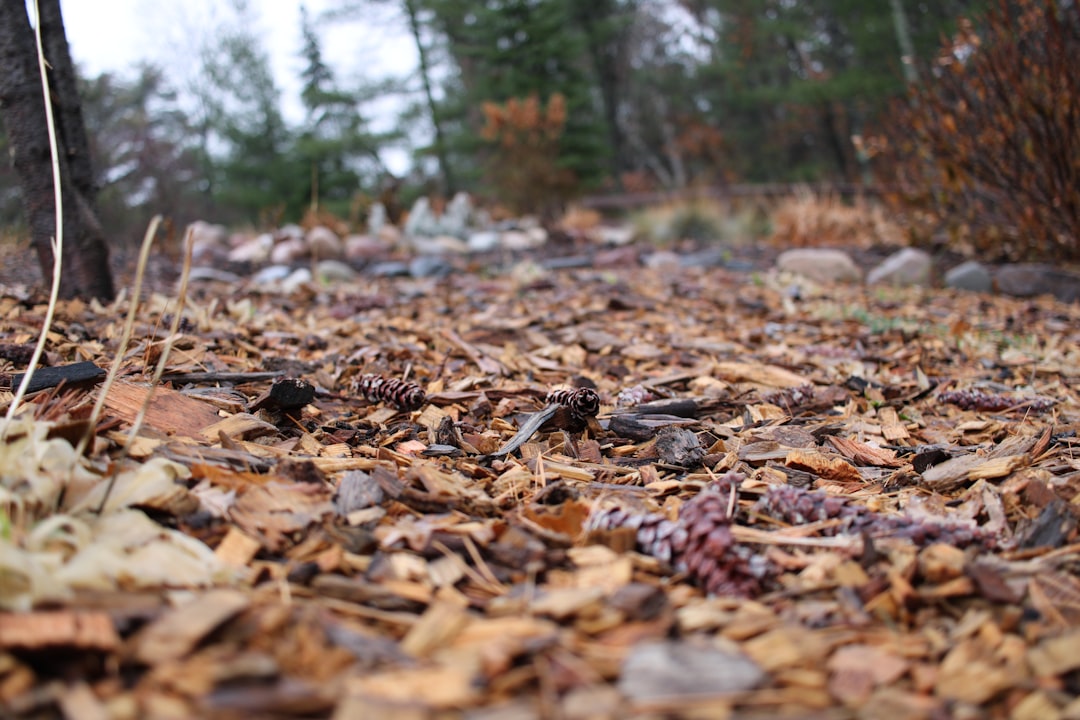Mulching is one of the simplest and most effective ways to improve soil health, conserve moisture, and protect your garden. Whether you’re growing vegetables, flowers, or trees, applying mulch can help create a thriving, low-maintenance ecosystem that supports plant growth and reduces the need for watering and weeding.
In this post, we’ll explore the benefits of mulching, the different types of mulch, and how to use it effectively in your garden.
Why Mulching is Essential for Soil Health
Mulch is a protective layer of organic or inorganic material spread over the soil surface. It plays a vital role in soil conservation, moisture retention, temperature regulation, and weed suppression.
Key Benefits of Mulching:
✅ Conserves Moisture – Reduces evaporation, keeping soil hydrated for longer.
✅ Regulates Soil Temperature – Keeps roots cool in summer and insulated in winter.
✅ Prevents Soil Erosion – Protects the soil from wind and heavy rain.
✅ Suppresses Weeds – Blocks sunlight, reducing weed growth.
✅ Improves Soil Structure – Organic mulch decomposes over time, adding valuable nutrients.
✅ Encourages Beneficial Microorganisms – Promotes healthy microbial activity and earthworm populations.
✅ Reduces Soil Compaction – Prevents hard crusts from forming, allowing roots to grow freely.
Types of Mulch: Organic vs. Inorganic
Mulch can be divided into two main categories: organic and inorganic. Each has its advantages depending on your gardening goals.
1. Organic Mulch (Decomposes, Enriches Soil)
Organic mulches break down over time, improving soil structure and fertility.
Best Organic Mulches for Soil Health:
🌿 Straw or Hay – Great for vegetable gardens; suppresses weeds and retains moisture.
🍂 Shredded Leaves – Free and abundant; improves soil texture as they decompose.
🌾 Grass Clippings – High in nitrogen; best used in thin layers to prevent matting.
🌳 Wood Chips & Bark – Long-lasting and excellent for pathways or around trees.
🐄 Composted Manure – Nutrient-rich; improves soil fertility but should be well-aged before use.
🌰 Cocoa or Nut Shells – Aesthetic and lightweight but should be used cautiously around pets.
🔹 Best for: Vegetable gardens, flower beds, and improving soil fertility.
2. Inorganic Mulch (Long-Lasting, Less Maintenance)
Inorganic mulches don’t break down but help with moisture retention and weed suppression.
Best Inorganic Mulches:
🪨 Gravel or River Rocks – Ideal for dry climates; prevents erosion but doesn’t add nutrients.
🖤 Black Plastic or Landscape Fabric – Warms soil for early planting but can block water and air movement.
🧵 Rubber Mulch – Made from recycled tires; good for playgrounds but doesn’t benefit soil health.
🔹 Best for: Walkways, drought-resistant landscaping, or areas where organic matter isn't needed.
How to Apply Mulch for Maximum Benefits
Applying mulch properly ensures your plants get the most out of it.
Step 1: Prepare the Soil
-
Remove weeds – Mulch suppresses new weeds but won’t kill existing ones.
-
Water the soil – Apply mulch to moist (not dry) soil to lock in moisture.
-
Amend the soil – If needed, add compost or fertilizer before mulching.
Step 2: Apply the Right Thickness
-
2–4 inches for most organic mulches (straw, leaves, wood chips).
-
1–2 inches for finer materials (grass clippings, compost).
-
No mulch touching plant stems – Leave a small gap to prevent rot.
Step 3: Maintain and Refresh Mulch
-
Replenish as needed – Organic mulch decomposes over time and should be topped up annually.
-
Fluff up compacted mulch – Prevents air and water from being blocked.
Best Mulching Practices for Different Garden Areas
1. Mulching Around Trees and Shrubs
🌳 Use wood chips or bark to mimic a natural forest floor.
🌿 Apply in a donut shape, keeping mulch 3–4 inches away from the trunk.
2. Mulching Flower and Vegetable Beds
🌸 Straw, shredded leaves, or compost work well.
🌿 Keep a 1–2 inch gap around plant stems to prevent disease.
3. Mulching Pathways and Walkways
🚶 Gravel, wood chips, or bark mulch prevent soil compaction and weed growth.
🚜 Use landscape fabric under inorganic mulches to minimize maintenance.
4. Mulching in Raised Beds and Containers
🪴 Compost, straw, or grass clippings help retain moisture and add nutrients.
🌱 Use a lighter mulch to avoid compacting small container plants.
Common Mulching Mistakes to Avoid
🚫 Using Too Much Mulch → Can suffocate plants and block water. Stick to 2–4 inches.
🚫 Mulching Too Close to Stems → Can cause rot and attract pests. Leave a gap around plant bases.
🚫 Using Fresh Wood Chips in Garden Beds → Can deplete nitrogen as they decompose. Compost first.
🚫 Applying Mulch Over Dry Soil → Always water before adding mulch to prevent water runoff.
The Bottom Line: Mulching is Essential for Soil Health
Mulching is one of the easiest and most effective ways to protect soil, retain moisture, and boost plant growth. Whether you use organic mulch to enrich your soil or inorganic mulch for low-maintenance landscaping, the benefits are undeniable.
By mulching properly, you’ll:
✅ Conserve water 💧
✅ Suppress weeds 🌿
✅ Improve soil health 🌱
✅ Create a thriving garden 🌼
So grab some mulch and start building healthier soil today! 🌍♻️🌾

Comments
No comments yet. Be the first to comment!
You must be logged in to comment. Login